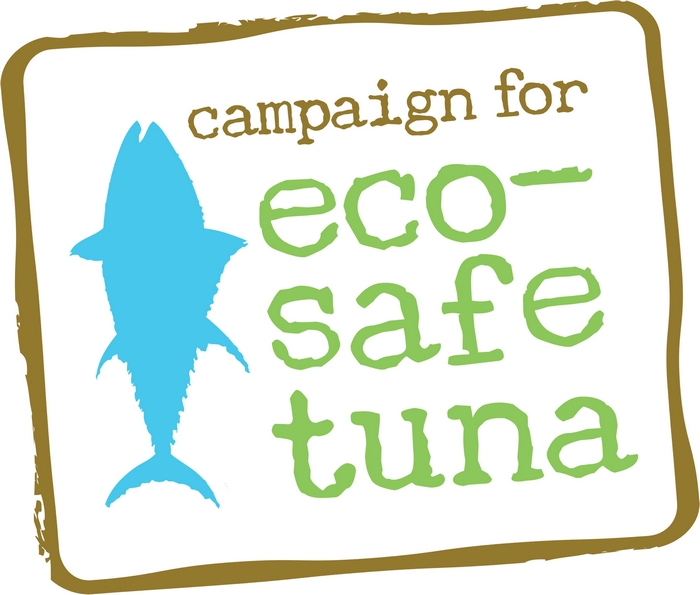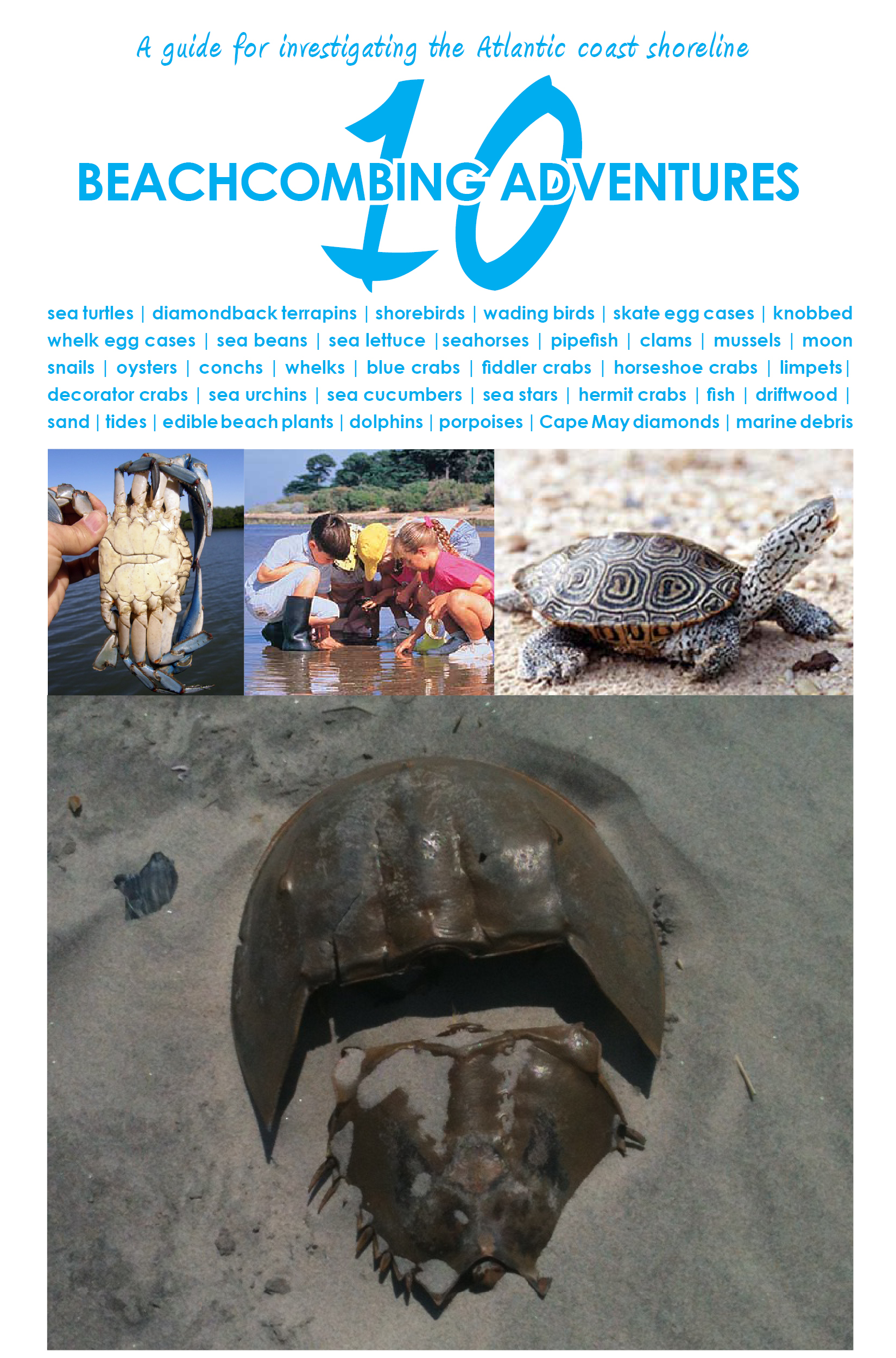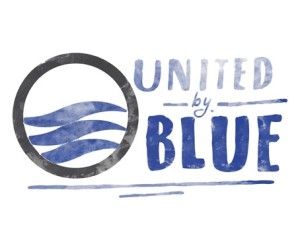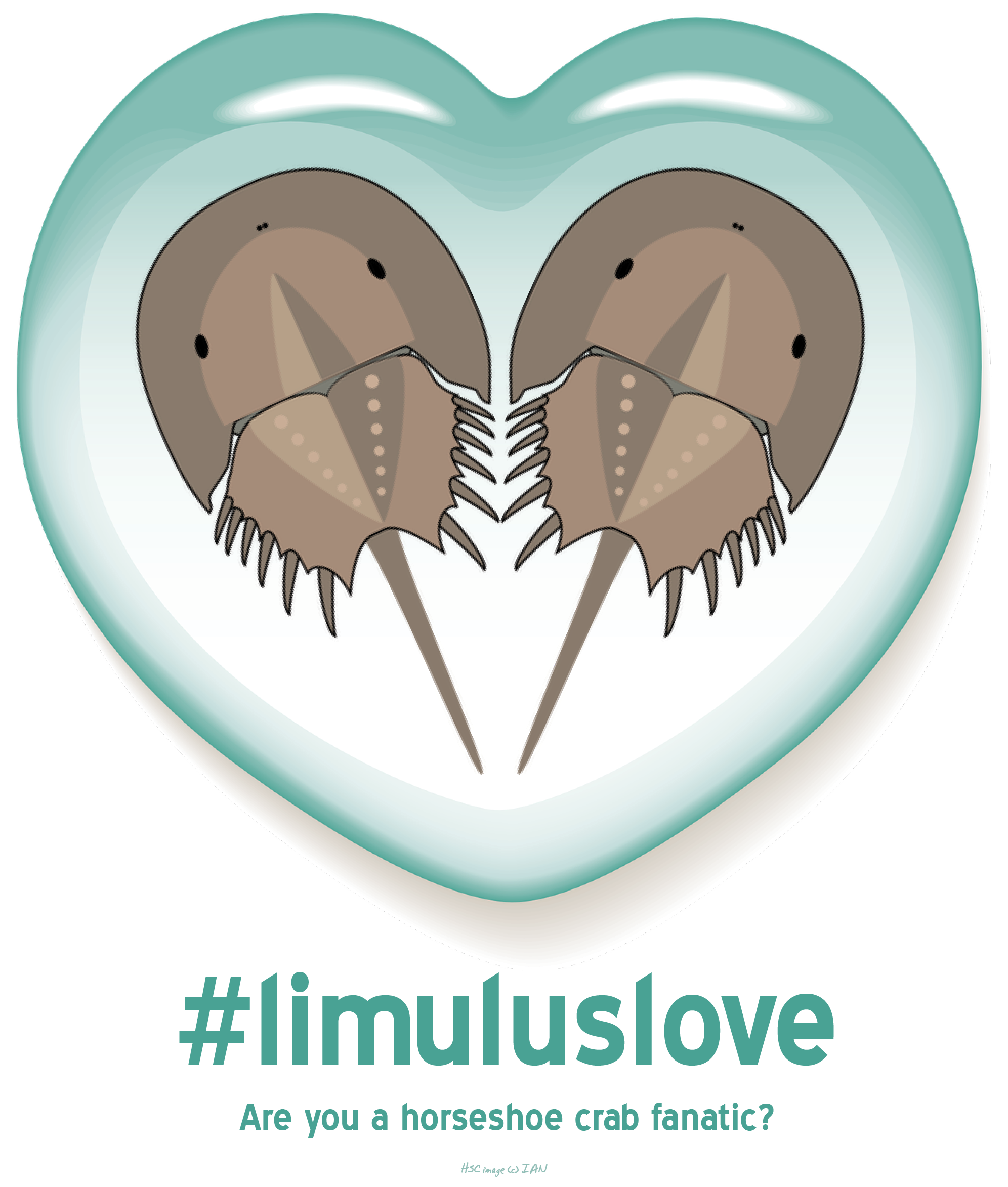Marine & Freshwater Environmental Education
Follow BCS on Twitter
My TweetsWant updates on BCS posts?
Scroll through the BCS archives …
Learn more on …
Random posts from BCS …
So what’s up with that sand stuck between my toes?
Sand is basically the tiny particles eroded from the mountains or rock formation closest to the beach you are standing on as well as some other bits and pieces. The three main ingredients common to all the beaches are: quartz, old shell parts, and decayed materials from the sea and land. I saw the most […]
What is the biggest fish in the sea?
The whale shark is the biggest fish on the planet. The largest whale shark measures about 66 feet long and 74,957 pounds. Not to be confused with the blue whale, a mammal, which is the largest animal on the planet. The largest blue whale measured about 110 feet and up to 400,000 pounds! The whale […]
What they’re into … with Greg and Jody (Beach Treasures and Treasure Beaches)
Happy Tuesday! I am sure you know by now, but this is a series I have been featuring each Tuesday this summer to get a special sneak peek at the different personalities behind the scientists, activists, and educators (including bloggers) who play an integral role in the marine science conservation field. It’s essentially an extension […]
What they’re into … with Mark Gibson (Breaching the Blue)
This is a series I’ve been featuring each Tuesday this summer to get a special sneak peek at the different personalities behind the scientists, activists, and educators (including bloggers) who play an integral role in the marine science conservation field. It’s essentially an extension of the overwhelmingly popular and well done Tumblr blog, This Is […]
Answer to “Take a guess! What do you think this lobsta weighs?”
Paul Tasha, a commercial lobster diver, has been fishing for about 40 years had a big surprise. He was diving for lobster off of Race Point in Provincetown, MA, a part of the Outer Cape Cod (OCC) management area when he came across a 31-pound male lobster crawling along the bottom (at a depth of […]
It’s as easy as A, B, Sea: I for Irish Moss
Irish moss is also known as carageen. Carageen is a deep red alga that grows around rocky substrates along both coasts of of the north Atlantic Ocean. Carrageenan is a gelatinous material extracted from Irish Moss and can be used as a vegetarian alternative to gelatin. It is found in ice cream, soy milk, diet […]
What is bioluminescence?
Bioluminescence means light (as in ‘illuminate‘) from life (prefix ‘bio‘). It is produced by a chemical reaction in many marine or terrestrial organisms. The reaction begins with a chemical called luciferase that catalyzes another chemical, luciferin, to then make oxyluciferin and light. If you see bioluminescence from a boat it is most often tiny dinoflagellates […]
Love of fishes
I present ‘love of fishes‘ by cemkoc from The World of Cartoon.
Do sharks have bones?
No sharks do not have bones. Sharks do have skeletons, but they’re made of cartilage rather than bone. Cartilage is the flexible stuff in the tip of your nose. A cartilage skeleton has its advantages. It’s light, flexible, and it heals faster than bone. In some spots though, sharks need a little extra strength. Their […]
You otter know: It’s Sea Otter Awareness Week!
Well, would you look at that … it’s the 10th anniversary of Sea Otter Awareness Week (Always the last week in September, this year from September 23 – 29)! These adorable creatures that have won the world over with their talent for holding hands while sleeping in the water, play a vital role in the […]
Flickr photos …
What people are saying …
- Robert Emahiser on Why you should never walk on dunes
- Lesa on 10 brief facts on bioluminescence
- Lisa on Limulus Love
- Beach Chair Scientist on 17 facts about the wee sea potatoes
- Bernard Rejterada on 17 facts about the wee sea potatoes
- Brian on What is the difference between a summer and winter flounder?
- Inbound marketing on 15 facts about the Portuguese man-of-war that’ll have you saying “Didya know…?”
- Donnie Huckabee on Wordless Wednesday | Shell art
- John on Why you should never walk on dunes
- ItzJaylaD on What I know about whale sharks
Top posts & pages from BCS …
- Hurricane vs. Cyclone vs. Typhoon
- A House for Hermit Crab
- How to handle a horseshoe crab
- Snot's your house
- Wednesday Wisdom: Various quotes (Alaska scenes)
- A naturalist's must-see destination: Fossil Hunting at Bayfront State Park in Chesapeake Beach, MD
- Belly biology creates lasting memories
- Five awful puns about courtship in the sea
- Horseshoe crabs confirmed as members of arachnid family
- Beyond the bag: Other plastics being banned







Speak Your Mind